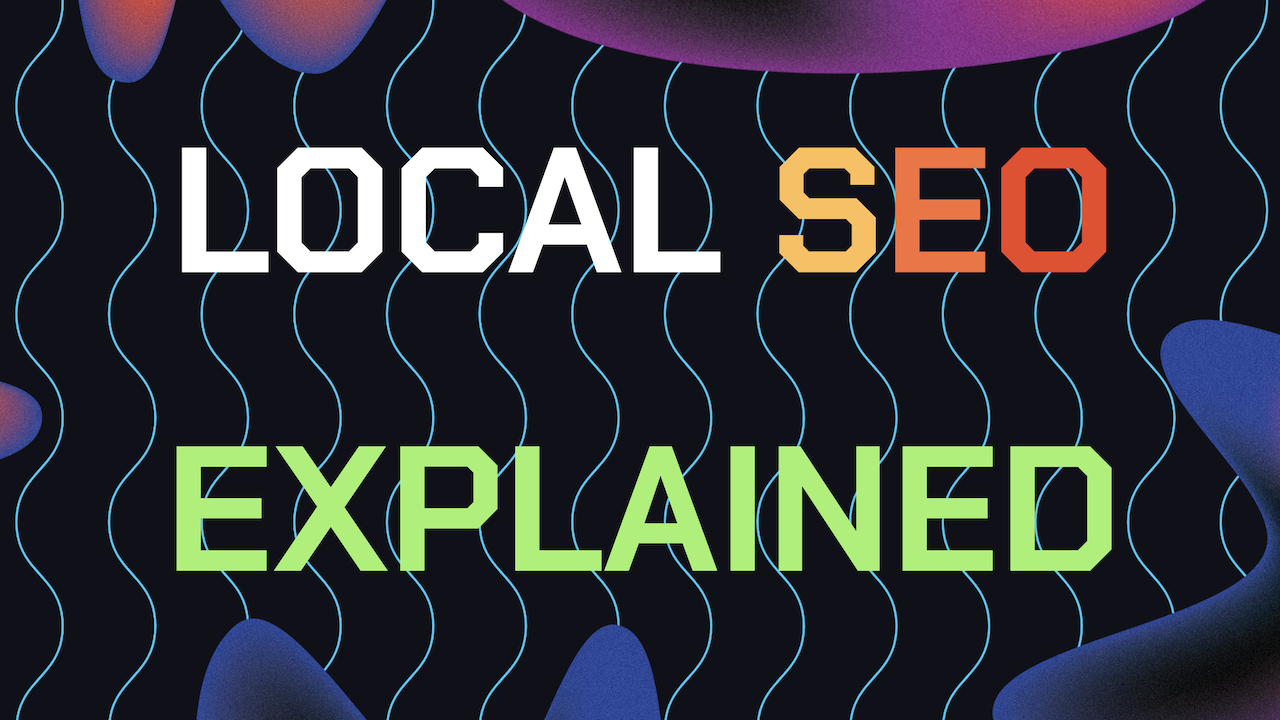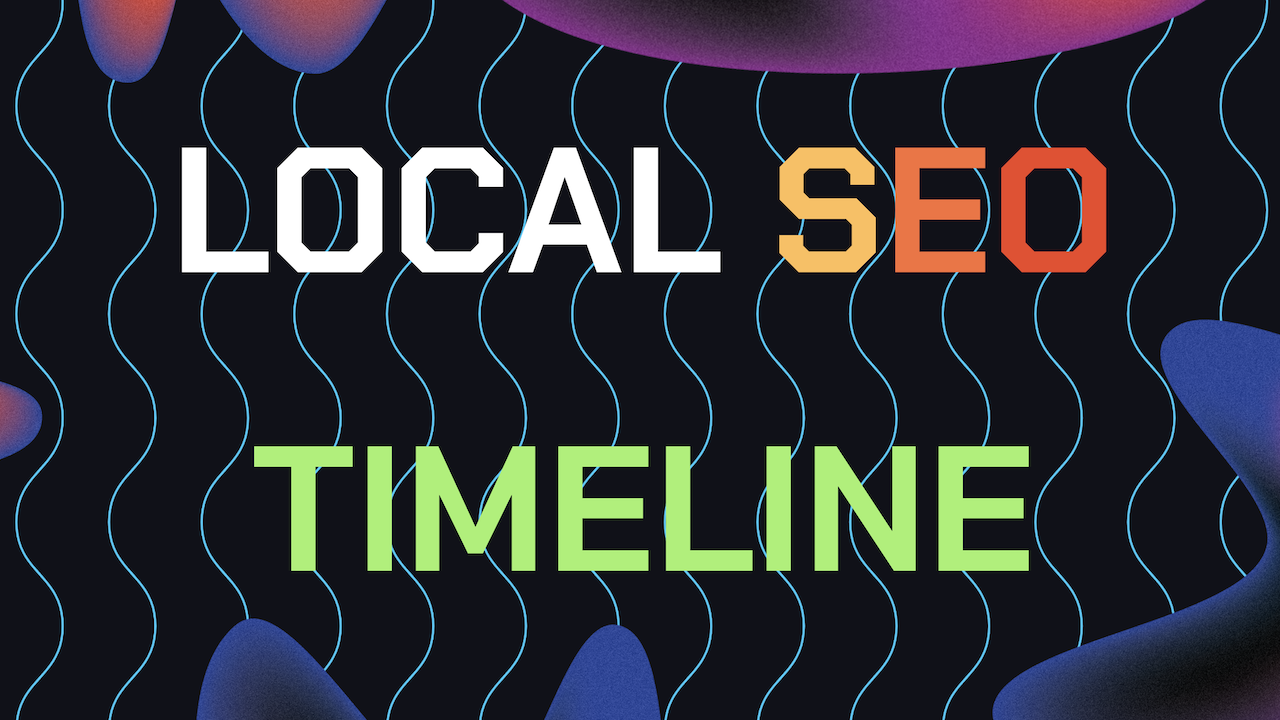Why do some businesses show up higher than others on Google Maps when you search “dentists near me” or “roofers in Houston”? That’s local SEO at work, steering nearby customers straight to small businesses.
Whether you’re a dentist, a plumber, or a local landscaper, local SEO can make you the first name people see in your area for local searches. Let’s break down what local SEO is, how it functions, and how you can use it to stand out in 2025.
Table of Contents
- 1. What’s Local SEO And How It Works
- 2. Why Your Business Needs Local SEO
- 3. How Local SEO Gets You Real Results
- 4. How To Use Local SEO (Mini Guide)
- 5. Common Local SEO Mistakes
- Need Help With Your Local SEO?
1. What Is Local SEO, And How Does It Work To Help Your GBP Rank Higher?
Local SEO is about getting your business to show up when people search for nearby services, like “dentists in Seattle”. Unlike broad SEO, which is generally used to target international search queries, which targets big terms like “best sneakers,” local SEO focuses on location based searches.
It’s how you reach local customers who are just around the corner, ready to spend. If you target these local SEO friendly keywords related to your business, then your business will start showing up in local searches on Google Maps or Google search.
For instance, when someone searches “HVAC in Austin” on Google, they see a map with three businesses at the top, called the Local 3 Pack, plus regular results below. Local SEO helps you grab a spot in that 3-Pack or rank higher locally.
Here’s a stat to chew on: 46% of Google searches are local, meaning half your potential customers are looking for businesses like yours nearby.
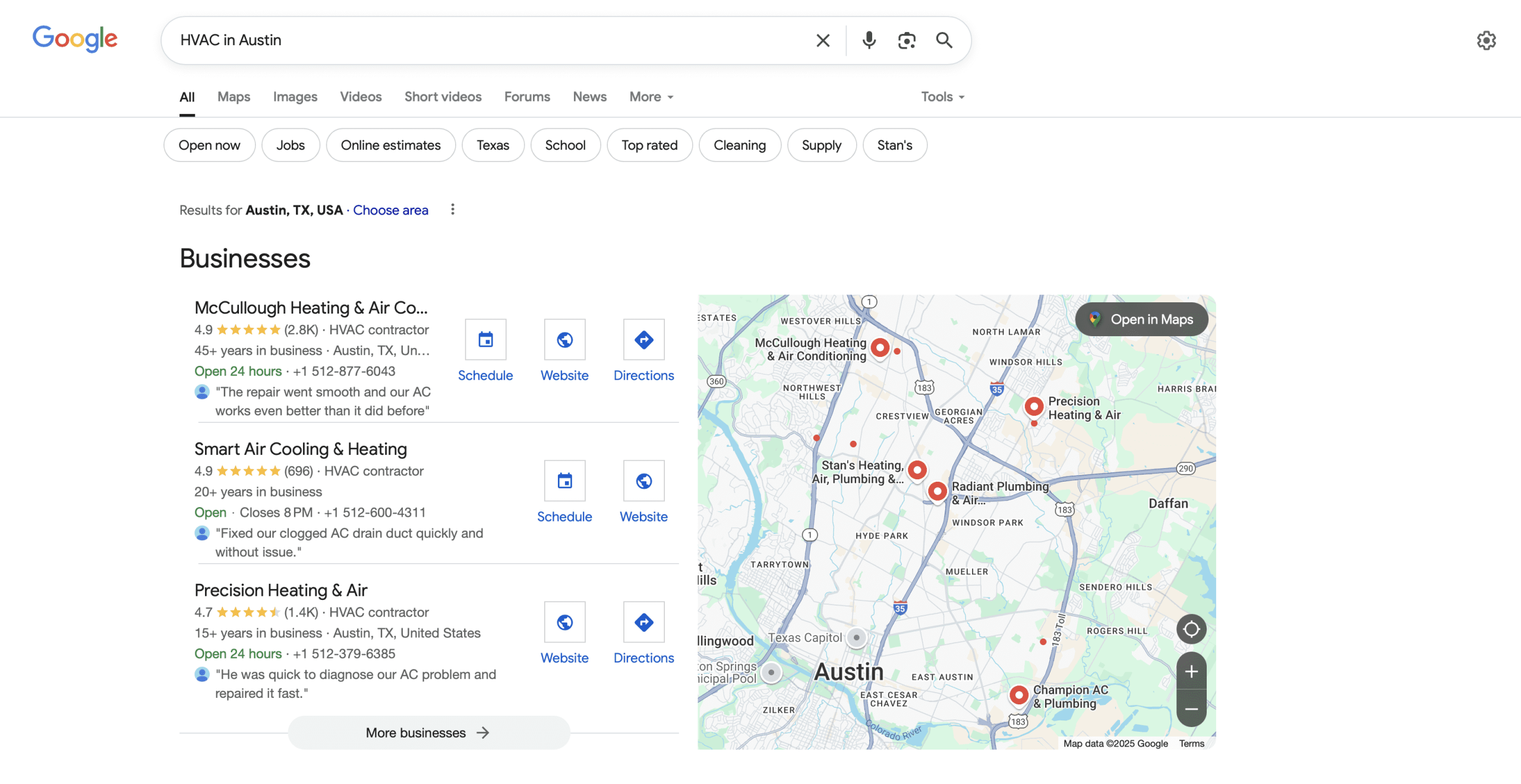
2. Why Your Business Needs Local SEO
Local SEO is a big priority for any business with a storefront or a focus on local clients, like scaffolders, roofers, or mechanics. Here’s why it matters to local businesses in 2025 and beyond:
High conversions: 76% of people searching for something nearby visit a business within 24 hours, and about a third buy something. Mobile is king: 87% of smartphone users search daily, often for “near me” services.
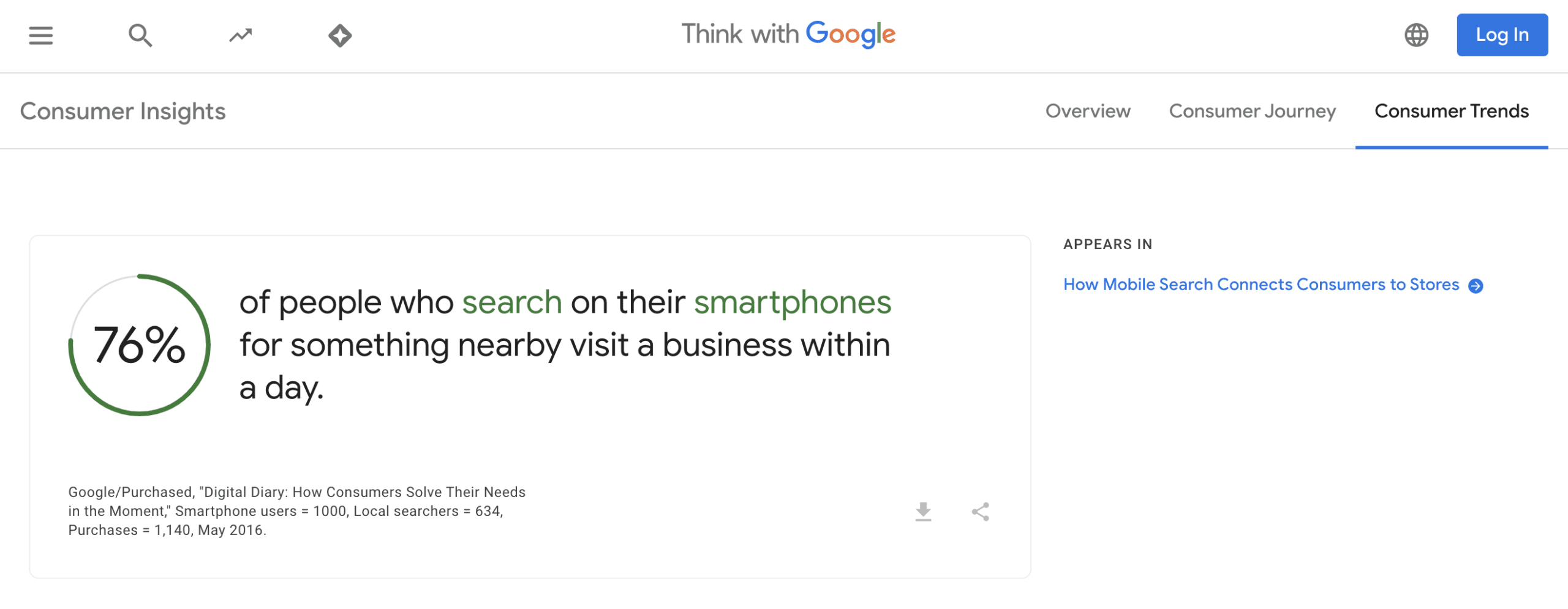
Stay ahead of the competition: If your competitor is in the 3-Pack and you’re not, they’re capturing your customers. Save money: Local SEO gives you long-term visibility without the hefty price of ads.
For example, a Houston electrician who ranks for “emergency electrician Houston” will get those late-night calls while others miss out simply because he’s ranking for that key phrase.
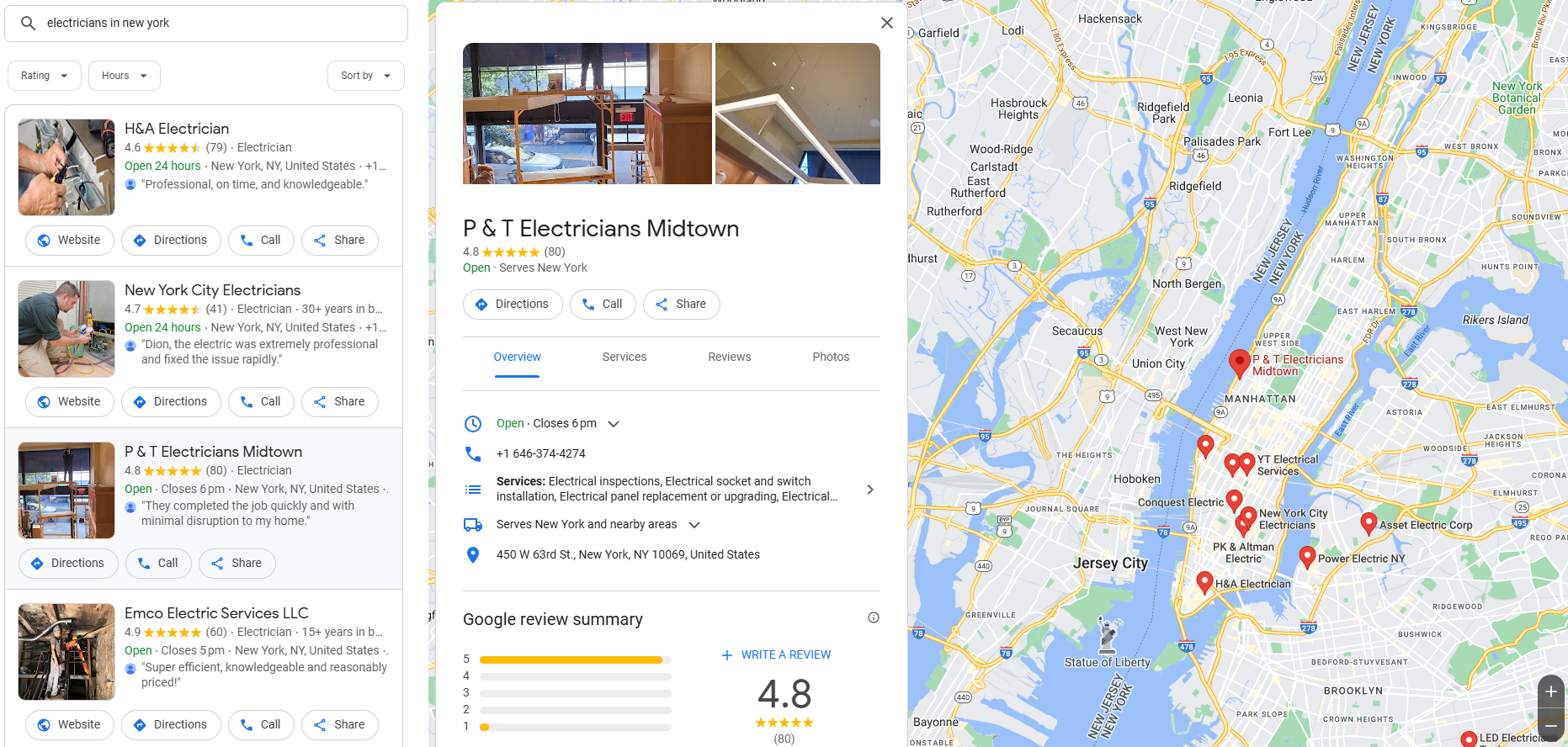
3. How Local SEO Gets You Real Results
Local SEO works by matching your business to three things Google cares about: relevance, distance, and prominence. Here’s what that means:
Relevance: Does your business fit the search? If someone looks for “vegan burgers,” Google picks places with “vegan” in their profile or website. For example, businesses using keywords or key phrases with “vegan” on their GBP or website are more likely to show up in searches.
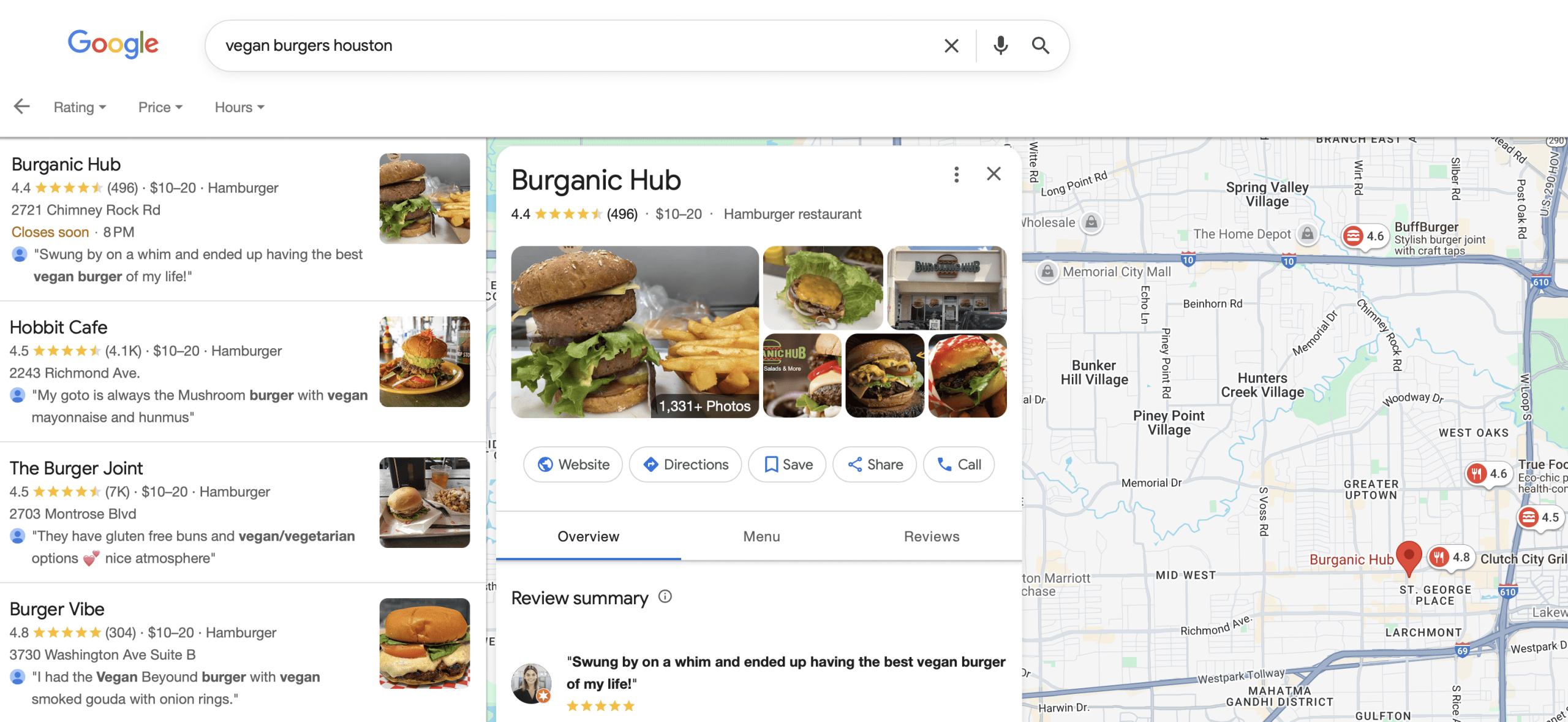
Distance: How close are you to the searcher? Google uses your location to show you nearby businesses, but consistent contact details are helpful if you’re a bit farther away.
Prominence: How much data does the internet have on your business? The amount of reviews, local business directory citation links, and having an active Google Business Profile (GBP) make you stand out.
For example, creating a map listing citation for your business on a map directory site like Yelp increases the data Google has about your business as long as you use consistent NAP data.
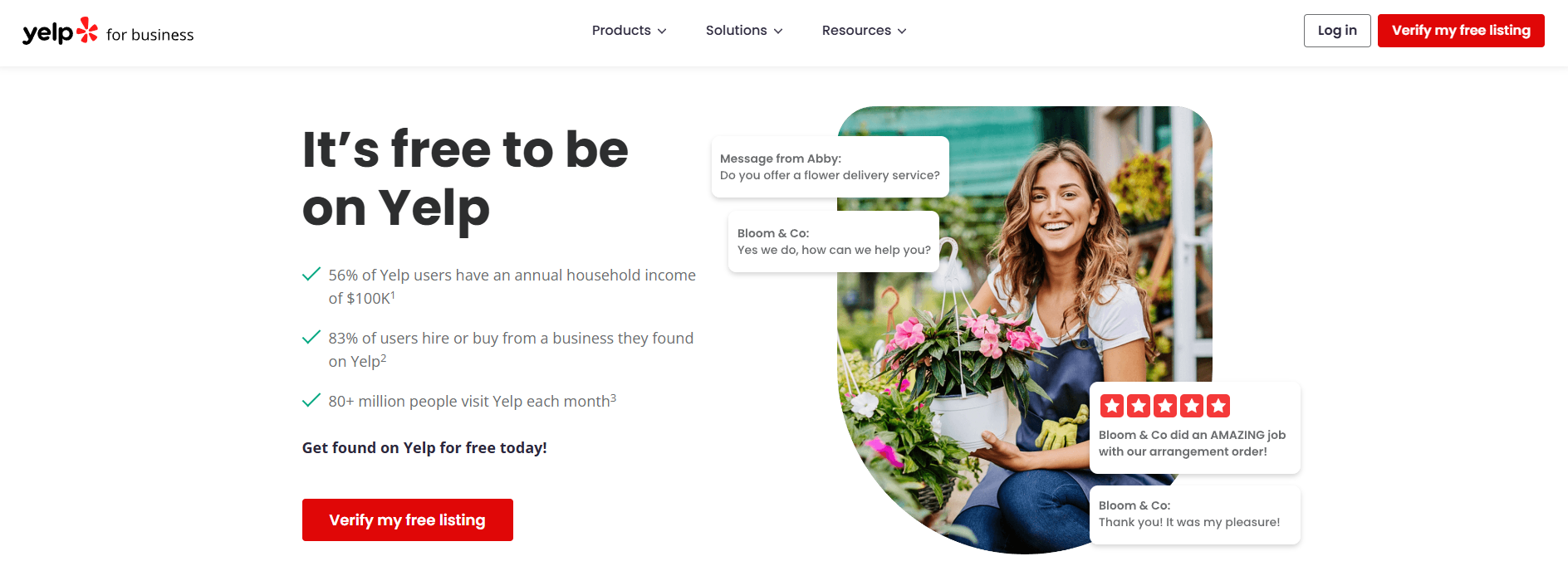
Google’s local algorithm blends these to decide who gets the 3 Pack or organic spots. Your GBP, directories like Yelp, and reviews all feed into it.
4. How To Use Local SEO (Mini Guide)
Besides relevance, distance, and prominence, there are other factors to consider. To take advantage of local search results, you’ll need to apply all of the following local SEO strategies together to get the best results.
4.1 Set Up Your Google Business Profile (GBP)
So, the first item on your local SEO checklist is to make sure that you’ve already created and claim a Google Business Profile since Google Maps is the most used tool around the world use to find local businesses.
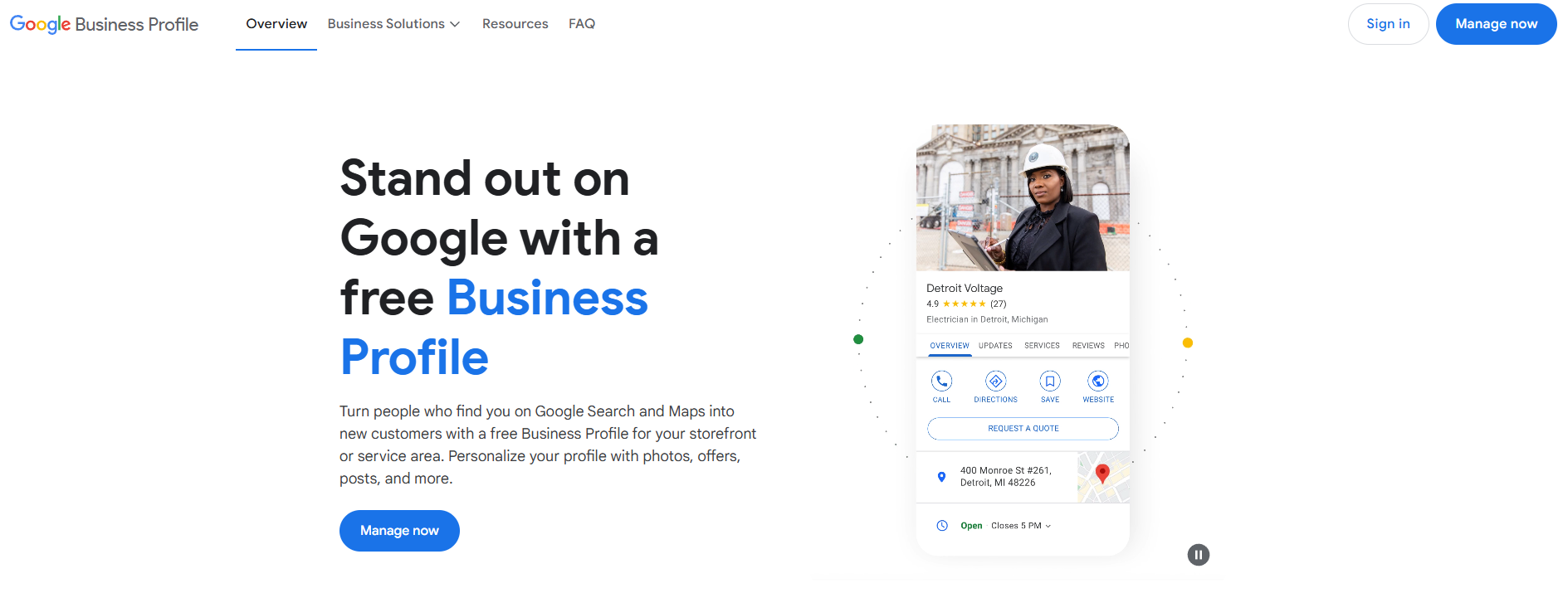
4.2 Optimise Your Google Business Profile
Your GBP is the first digital representation most local searchers will see of your business. A solid profile that’s well optimised can heavily increase the likelihood of potential customers picking you over your competitors.
Once you’ve claimed or created your Google Business Profile, the next step is to optimise your GBP by essentially filling everything out with a good targeted local keyword and key phrase strategy.
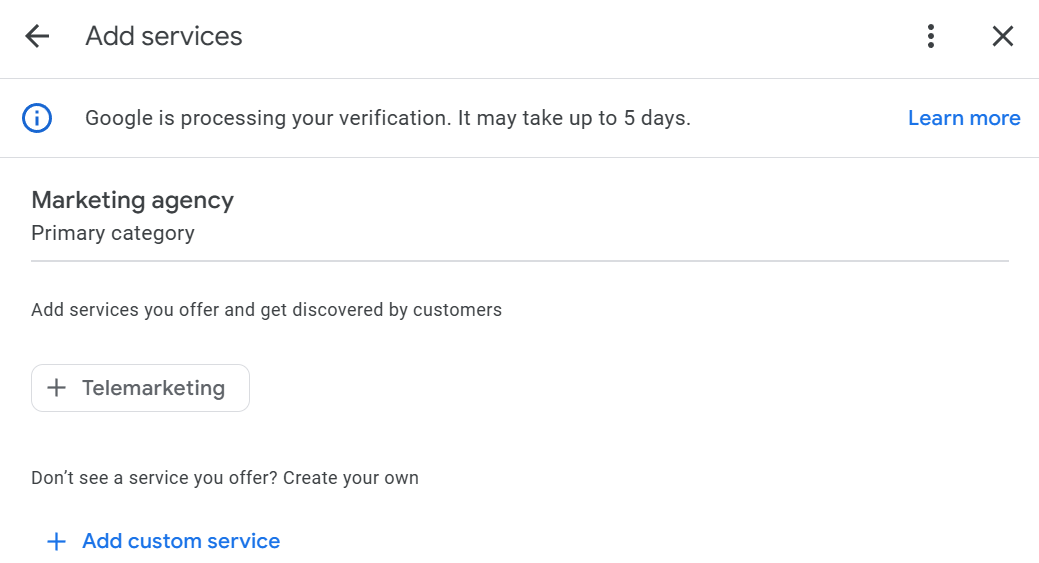
The first step to GBP optimisation is to fill every field out thoroughly: things like adding your business name, address, phone, hours, categories (like “Plumber”), and services (like “leak repair”).
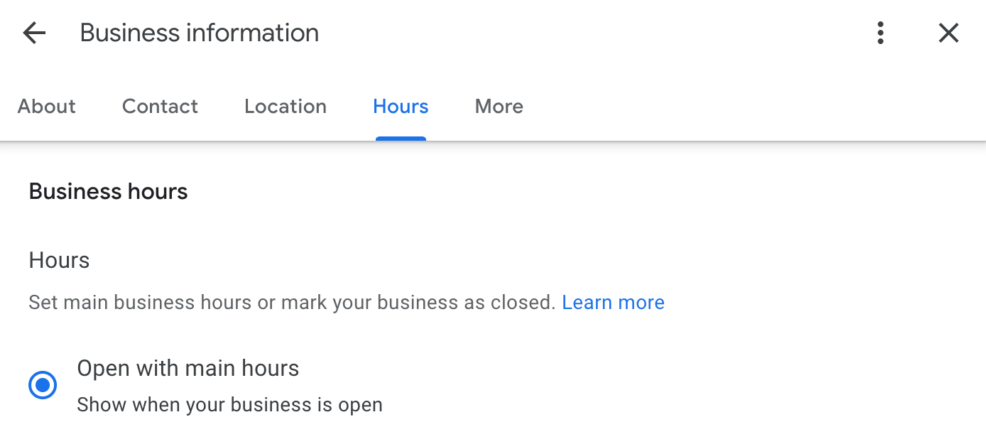
Next, make sure to post a lot of photos on your GBP. Profiles with 100+ images perform best. Show your shop or team and make sure these images have a meta description. Get my GBP photo sizing guide here.
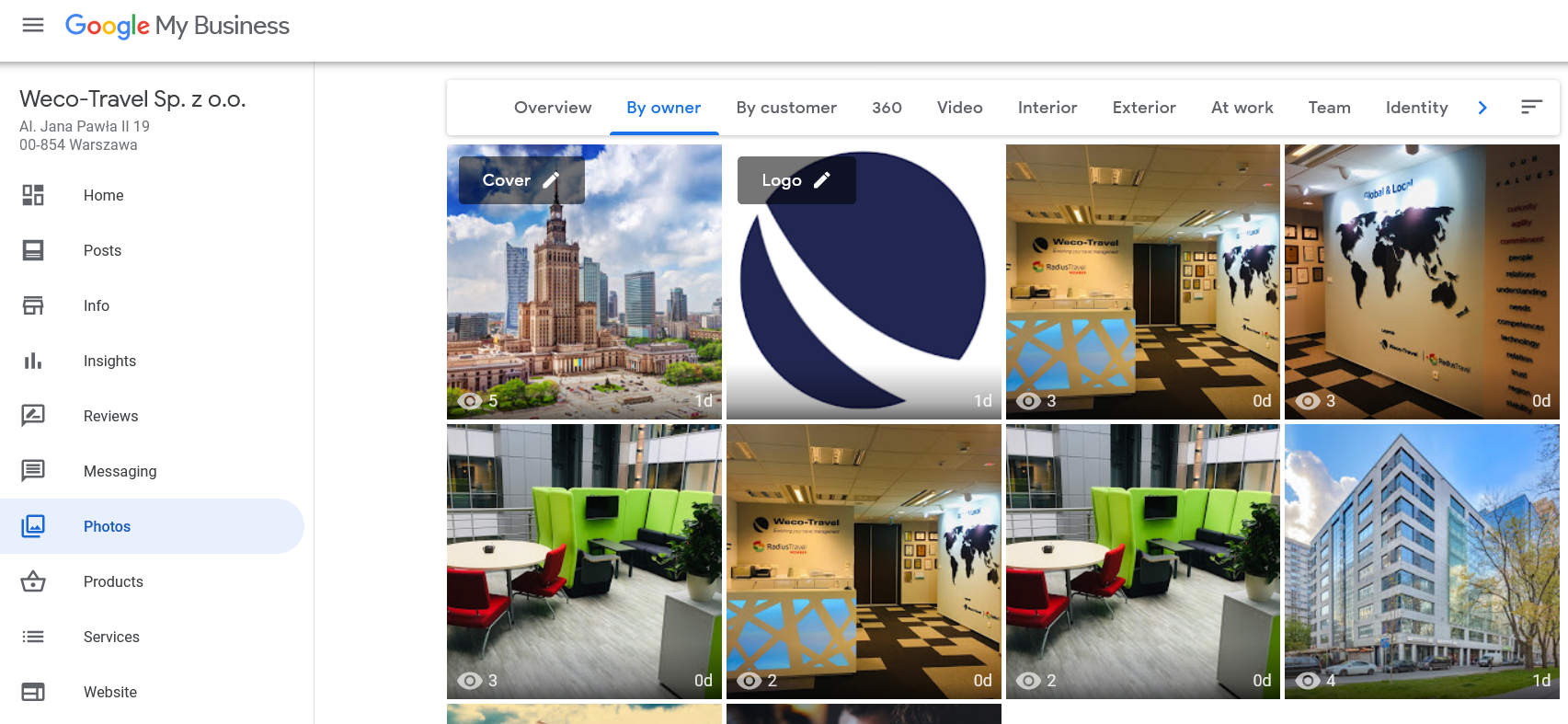
4.3 Target Location Specific Keywords
Keywords like “roofer in Denver” or “coffee near me” bring in the right folks. Use Google Keyword Planner to find terms people search that are looking for your exact service or products.
Make sure to implement all these location based target keywords and key phrases into your GBP and website about and home page. This creates a more consistent local SEO strategy, making it more effective.
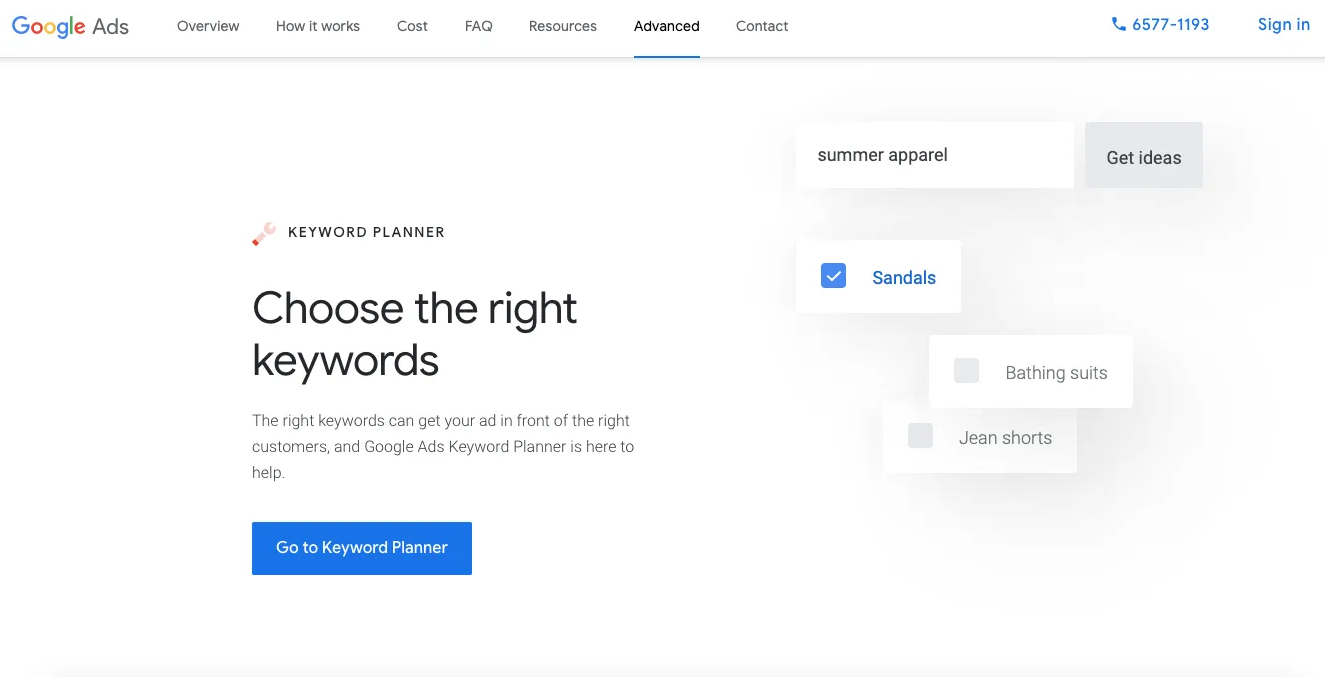
Long tail terms: Try “emergency roof repair Denver” for specific searches. These key phrases help your target more specific problems your potential customers would have, and thus increase your conversion rates.
Voice search: Prep for questions like “who’s the best roofer near me?” since smart speakers are huge. Targeting keywords and key phrases that are similar to how people speak is essentially what voice search optimization is for local SEO.
One of the most common keywords that optimise for voice search is “near me”. Adding this after your business type and targeting the full key phrase is one of the most effective local SEO voice search strategies. For example, a dentist clinic would be “dentist near me”.
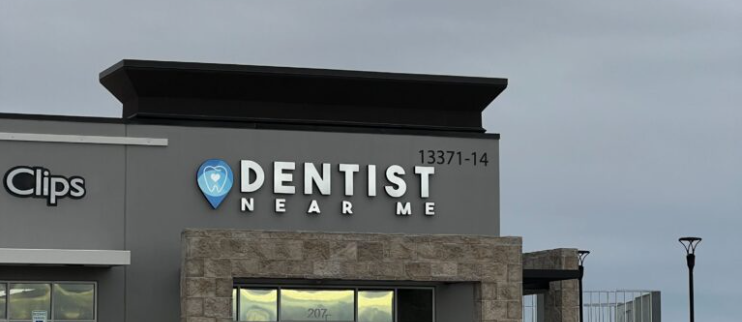
The about page is also one of the most important parts of your GBP. You should prioritize optimising the text in the about page that describes your business by making sure it has your target keywords and key phrases.
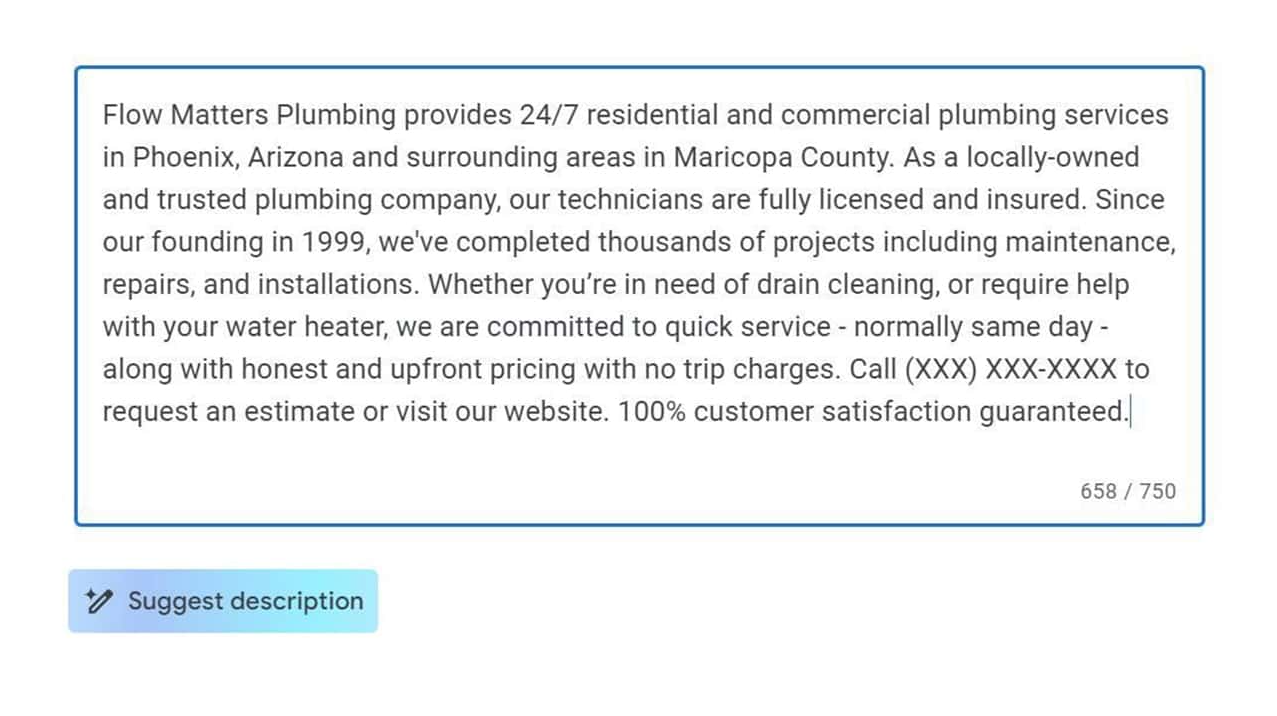
4.4 Share Local Content As GBP Update Posts
Content like blogs or cities serviced pages on your website helps you naturally target a lot of local keywords and location based key phrases. But you should also consider reposting that exact same content onto your GBP updates section for a more consistent local SEO strategy.
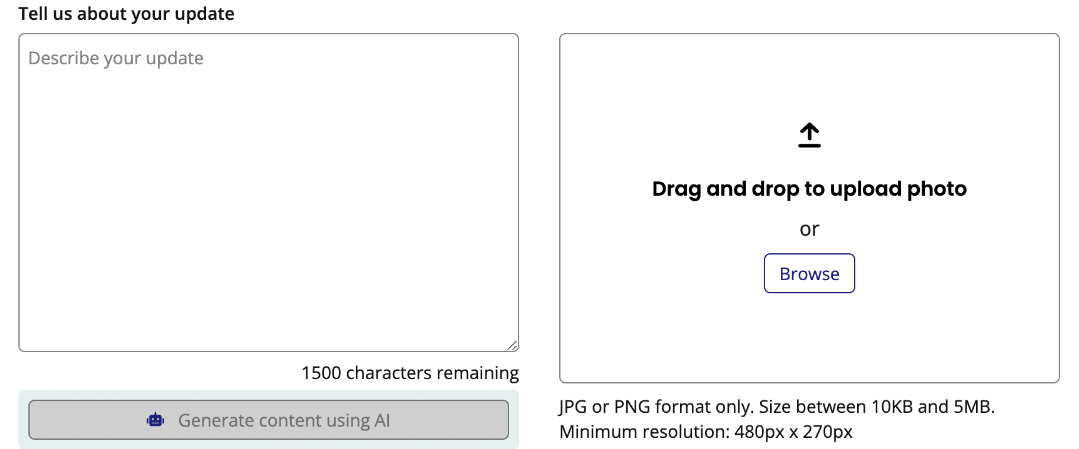
Share updates: Post weekly deals or events to stay active. Also, consider reusing your existing website blog post as updates, as I suggested.
Posting a GBP update like “Did you know we also service Dallas?”. This helps you target location based keywords naturally. Also, consider writing fresh blog content and instead of publishing it on your website, publish it as a GBP update post.
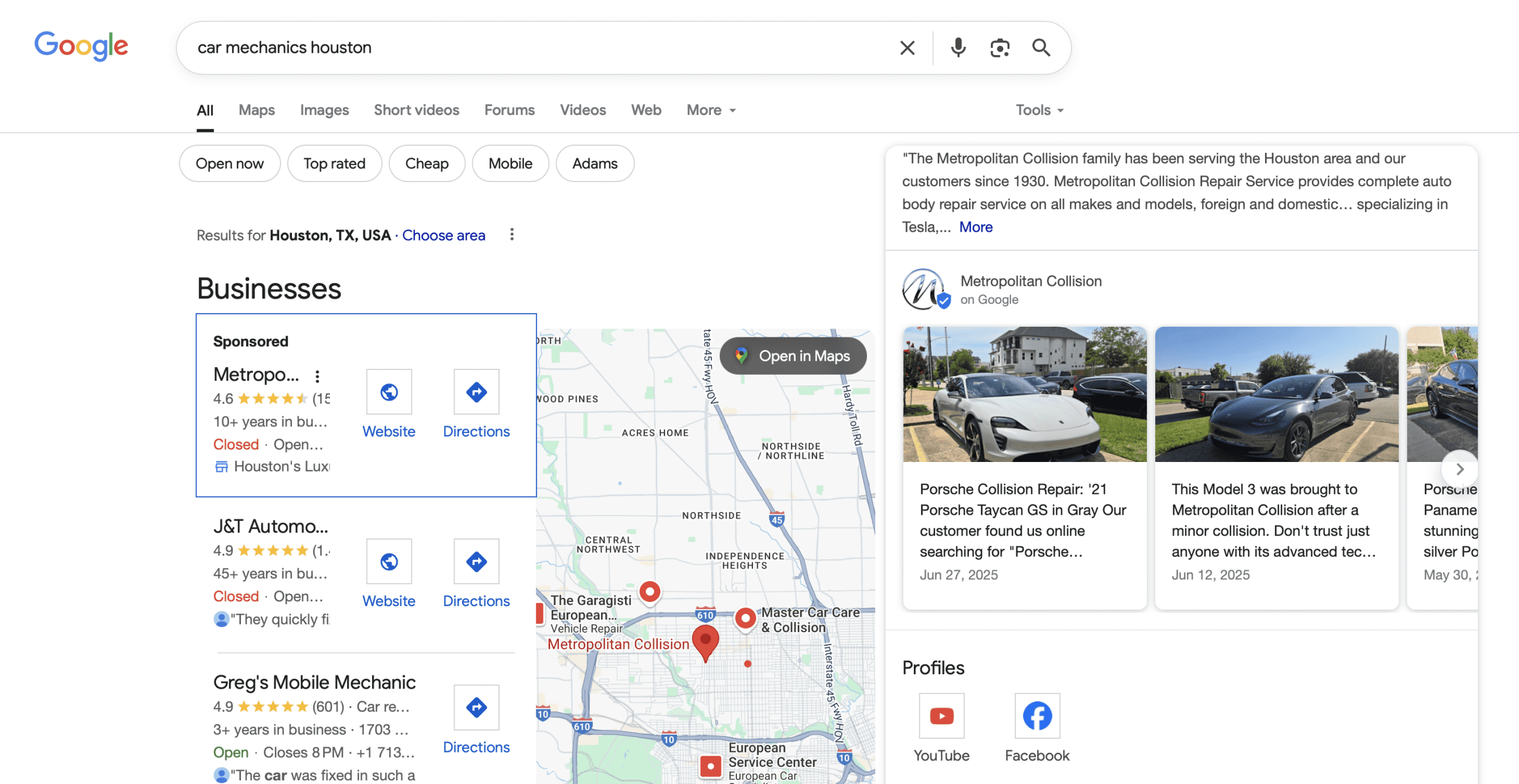
For example, in the car dealer example shown above in the screenshot, the car dealership is showcasing their current cars for sale on Google as GBP update posts. They’re posting geo-tagged images with a description of the car and its current condition. Very smart, honestly.
Geo-tagged images: Use photos with local landmarks and keyword-rich alt text and natural metadata created by taking photos from a mobile device. On IOS, for example, all images when taken are also automatically geo-tagged with data about the location the images were taken from.

4.5 Build Local Directory Business Listings
Building citations on business directory sites and is the off page SEO part of local SEO. Make sure to have accurate NAP (Name, Address, Phone) in the citations you create for your business.
Claim listings: Check out the Top 20 best business listing citations list I made. These 20 sites are a good place to start building free citations on business directory sites for local SEO.
Local directories: Get links from local business directory sites, blogs, or news sites. Kindly note that only local business directory sites will have a direct impact on GBP rankings, as the local blogs and news sites are mainly for your website’s SEO strategy.
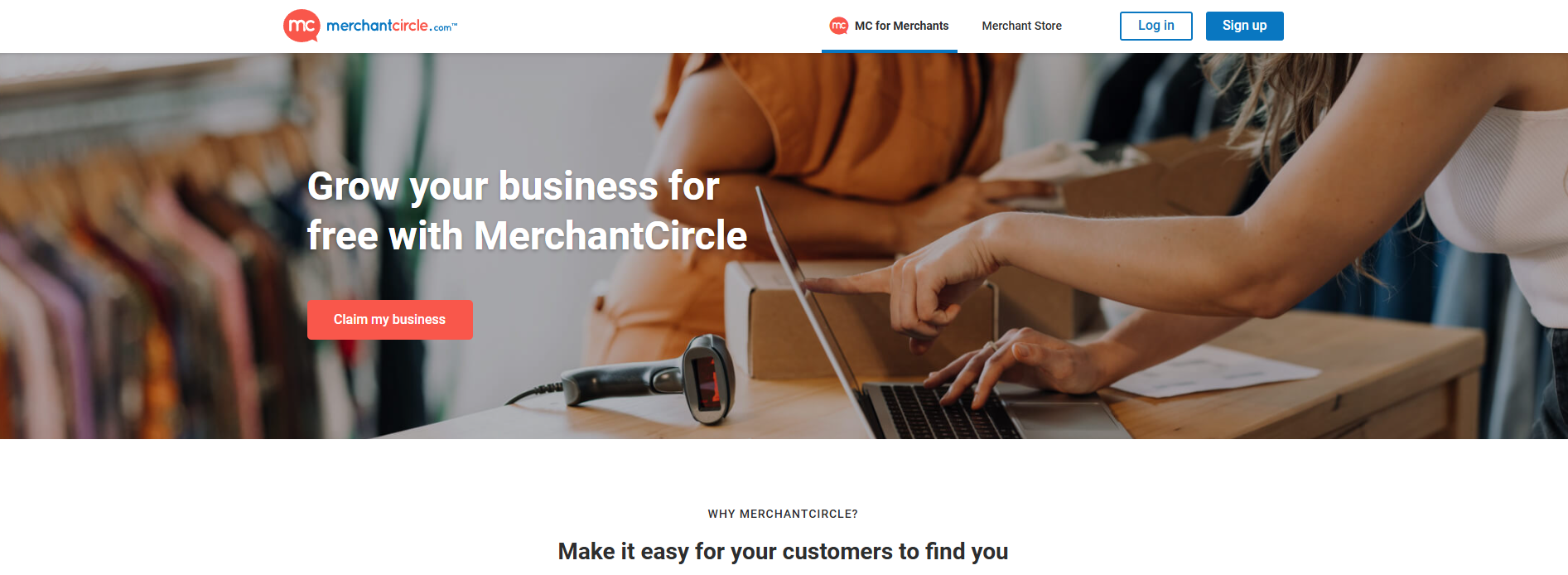
4.6 Optimise Your Website For Local Keywords
Optimising your website for local keywords, key phrases and location based keywords is the next step in building a consistent local SEO strategy. Embedding your GBP (Google Business Profile) is vital.
Website optimisation: Add keywords to title tags, meta descriptions, and headers. A page titled “Top Roofer in Denver, CO” says local loud and clear. Also, make sure to have the same about page description on your website as your GBP for keyword consistency.
Embedding GBP: In your contact us page or in the footer of your website, make sure to embed your Google Maps location directly onto the site. This link to your GBP also has an impact on local rankings.
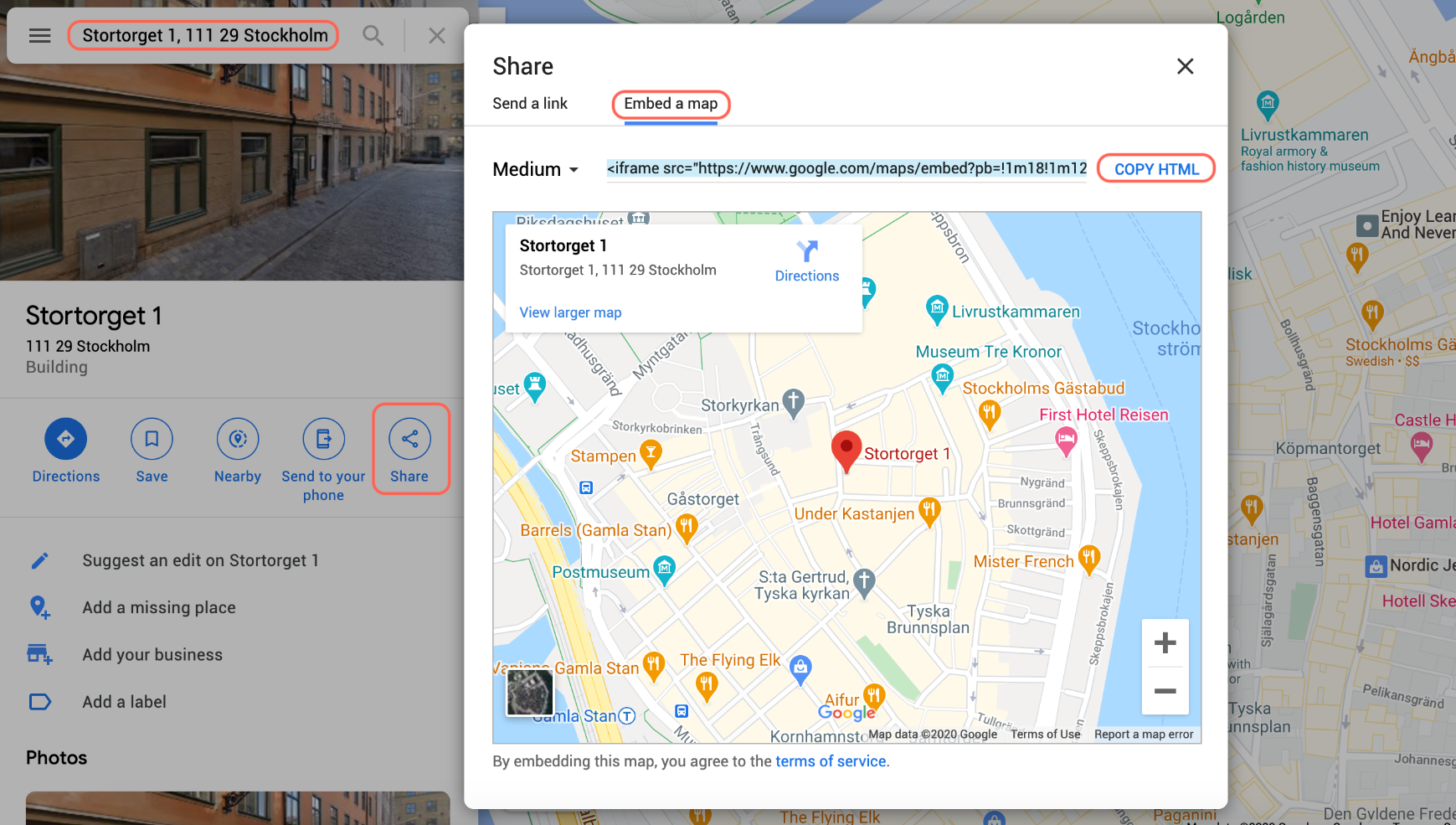
4.7 Get More Reviews Consistently On GBP
Reviews tell Google and customers you’re legit. More reviews and better local rankings will be on Google Search and Google Maps. As long as you get real reviews and avoid fake reviews, which harm your rankings.
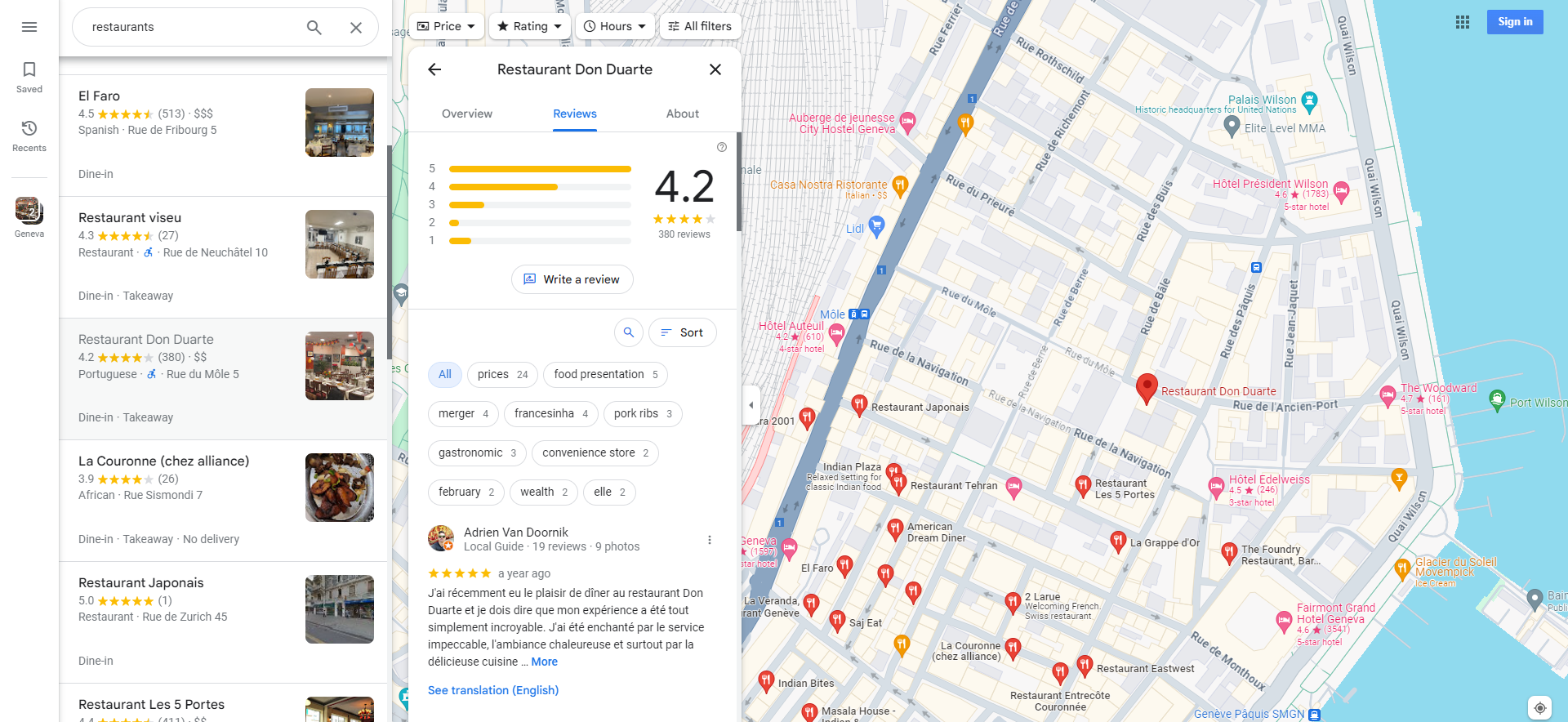
Ask for feedback: After a job, send a review link or QR code. Learn how to create a Google Business review QR code. If you own a restaurant, place QR codes on dining tables. For stores, place these QR codes at the cash register. Review QR codes are very flexible for business types.
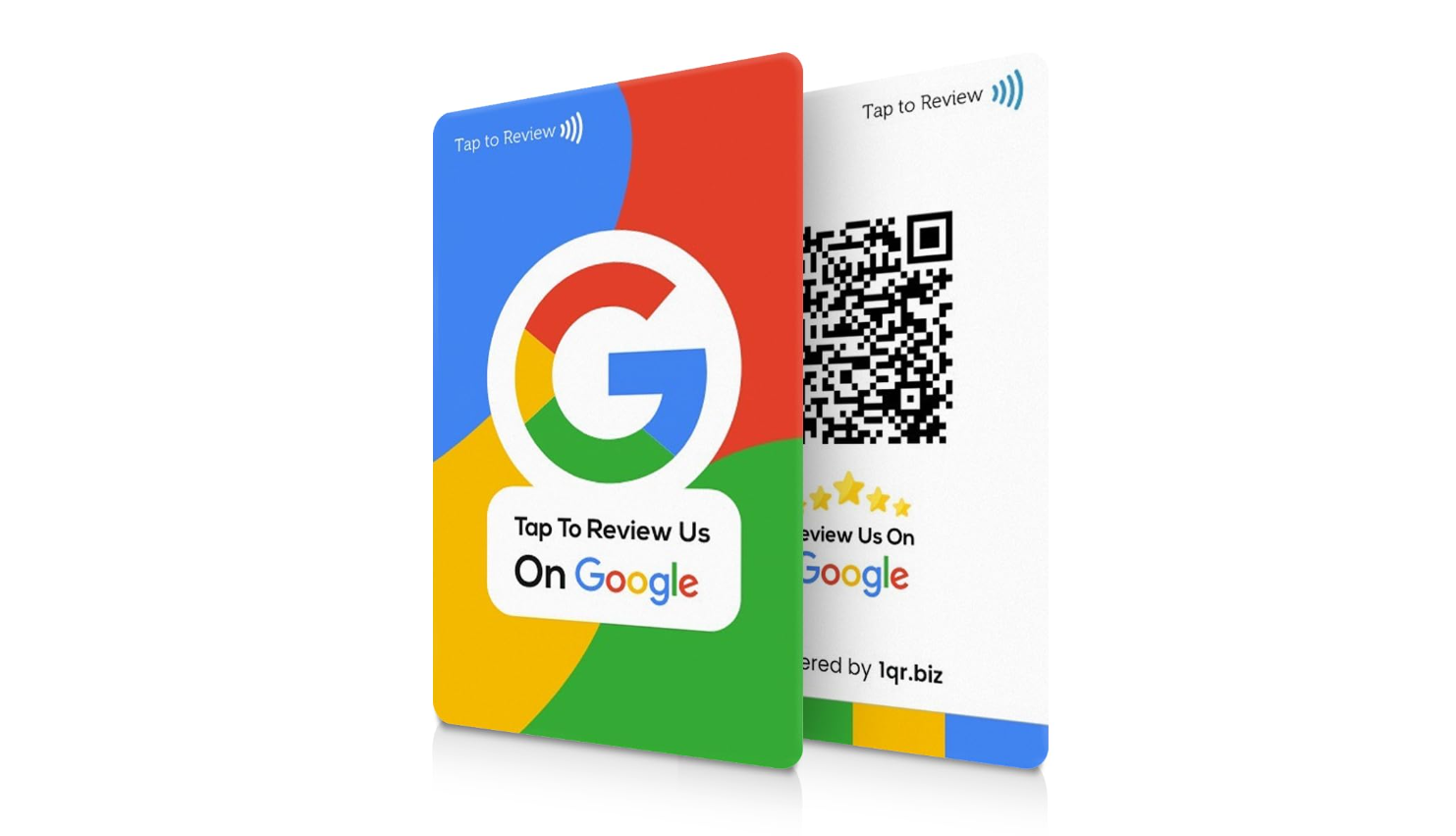
Reply quickly: Answer every review, even the bad ones, as it shows you care. And it makes you look professional when you reply to negative reviews professionally.
5. Common Local SEO Mistakes
Even pros mess up sometimes, and the price can be a hit in your local rankings or, worst case, a GBP suspension. Avoid these local SEO mistakes that are honestly a lot more common than you think:
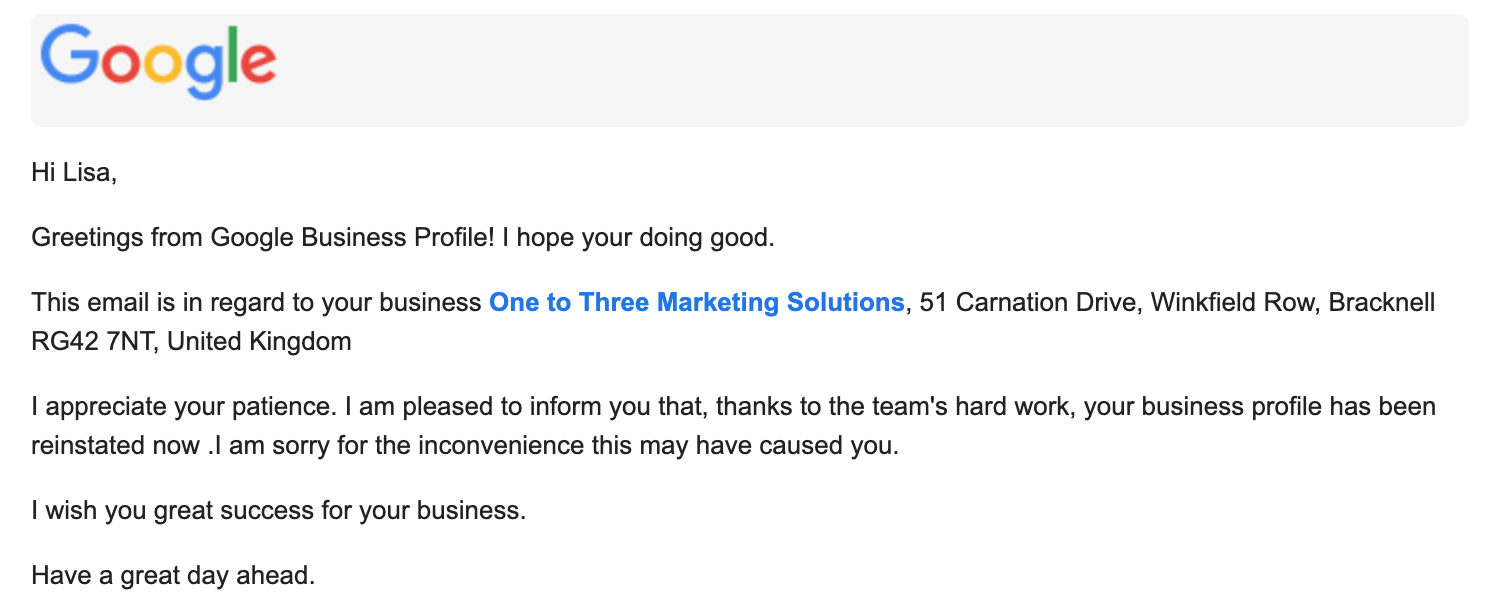
Inconsistent NAP Data: If your business name, address, or phone number varies on Yelp and GBP, your citations will have no effect on increasing your local rankings on Google Maps.
Ignoring reviews: Not replying to existing ones is an opportunity loss, where you could use your replies to add your target local keywords. Also, not getting reviews consistently does hurt your local rankings.
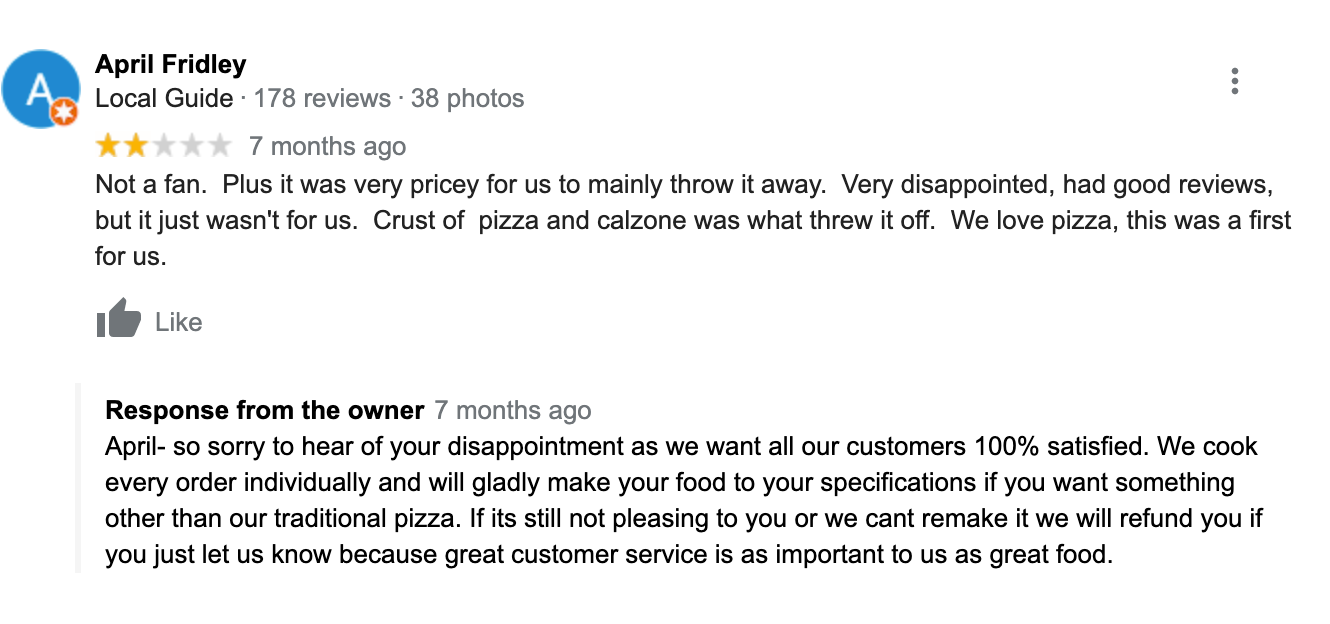
Keyword stuffing: Cramming “plumber in Austin” everywhere screams spam to Google’s algorythem and can easily result in a dangerous price like a GBP suspension. Always be balanced with the use of keywords.
Bad GBP optimisation: Missing fields like social media links, contact options, or photos result in a very poor local rank. This should always be the first step because no matter how many local citations you build, if your GBP is not optimised, then you’ll struggle to rank.
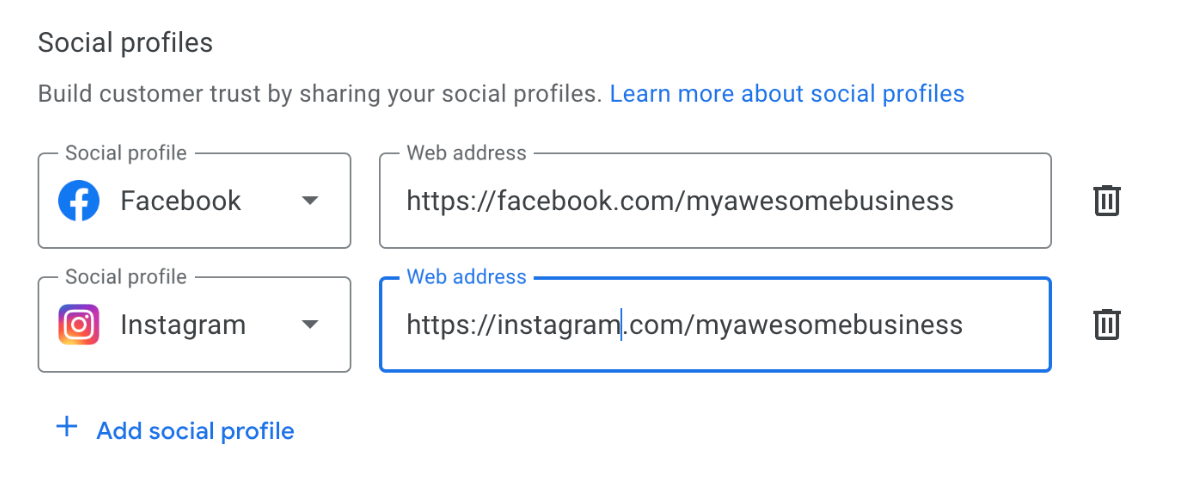
Need Help With Your Local SEO?
If you still need help understanding local SEO or how to use it for your local business. Are you trying to rank your business higher? Then I highly recommend you book a free consultation with the writer of this article, Ramzy, CEO & Founder of Vortex Ranker, by clicking here.
